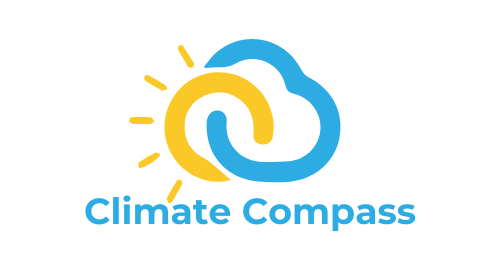- Why Scientists Track Atmospheric Carbon With Giant Towers - October 7, 2025
- The Link Between Melting Ice and Rising Sea Levels Explained - October 6, 2025
- How Ocean Currents Help Regulate Global Climate - October 5, 2025
The Reality Behind Those Recycling Numbers
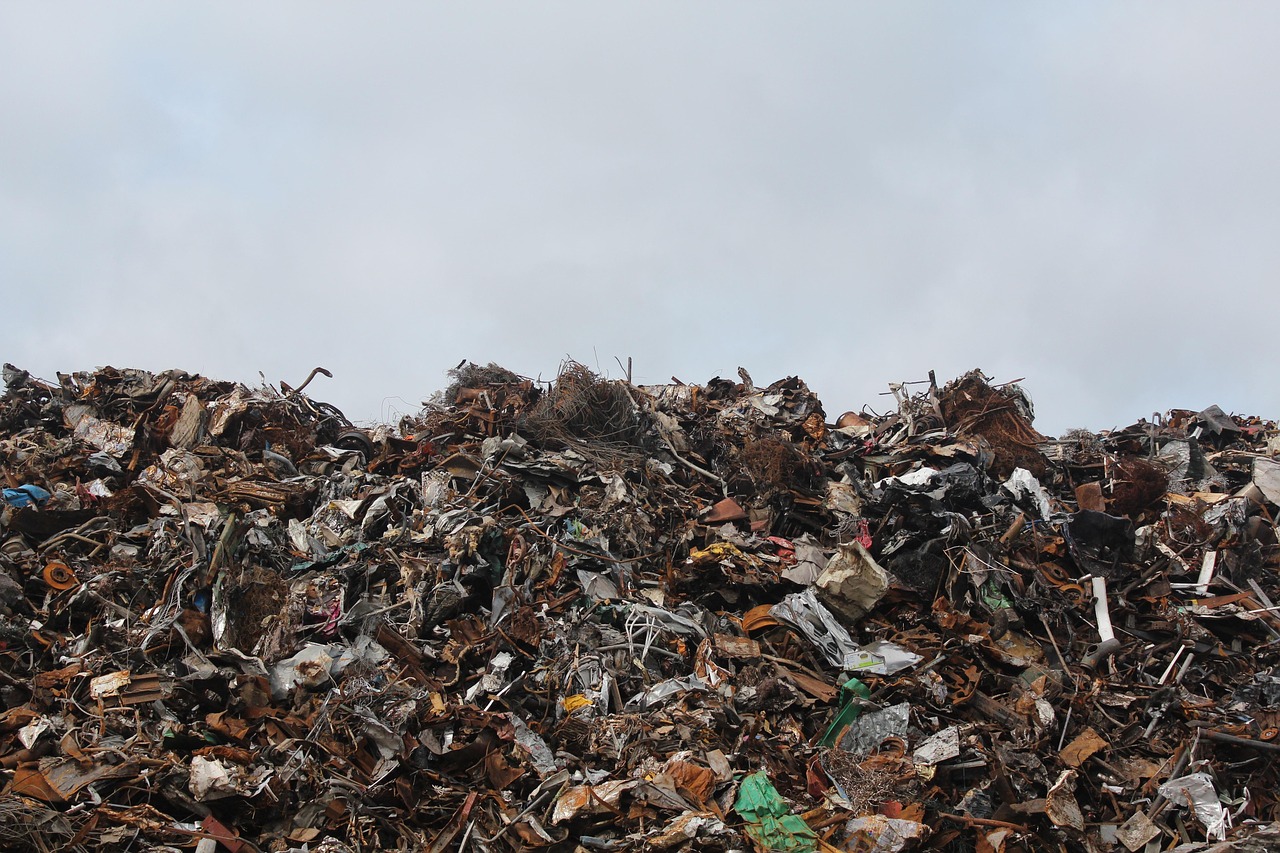
Have you ever wondered what actually happens to that plastic bottle you carefully rinse and place in your recycling bin? Here’s a sobering reality check: the municipal solid waste (MSW) recycling rate in the US remains as low as 35%, and for plastic specifically, it’s even worse. The U.S. has a plastic recycling rate of 5% – the worst of all developed countries regarding plastic recycling – which dropped from 2018’s 8.7% rate. Think about that for a moment—out of every 20 plastic items you dutifully put in your recycling bin, only one actually gets recycled. The other 19? They’re heading straight to landfills or incinerators, despite your good intentions. 76% of recyclables are lost at the household level, meaning most of our efforts are literally going to waste before they even leave our homes.
The Great Recycling Lie We’ve All Been Sold
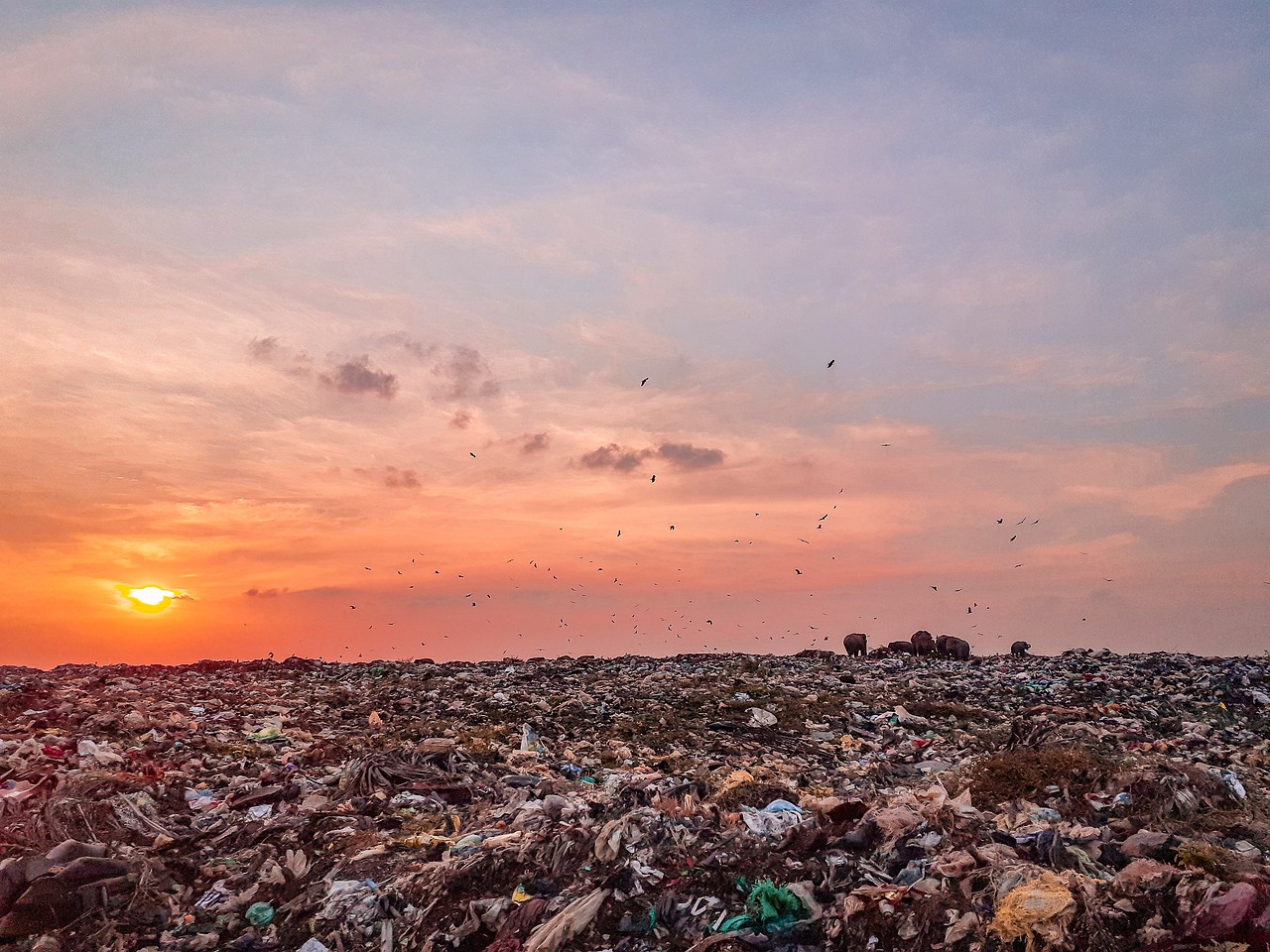
A 2024 Center for Climate Integrity report unearths a wealth of documentation showing how plastics industry executives have misled the public, all the while knowing that large-scale plastics recycling is not technically or economically viable. For nearly four decades, we’ve been told that recycling is the solution to our plastic problem, but it’s basically been a massive PR campaign. Essentially, these industries are trying to reframe the debate around plastic pollution by promoting recycling as an attempt to draw attention away from the real problem, which is plastic production. This strategy is a sneaky approach to continue ramping up plastic production, while seeming environmentally conscious. It’s like being told that you can eat as much junk food as you want as long as you take a vitamin afterward—it doesn’t actually solve the underlying problem.
Why Your Recycling Bin is Actually Making Things Worse
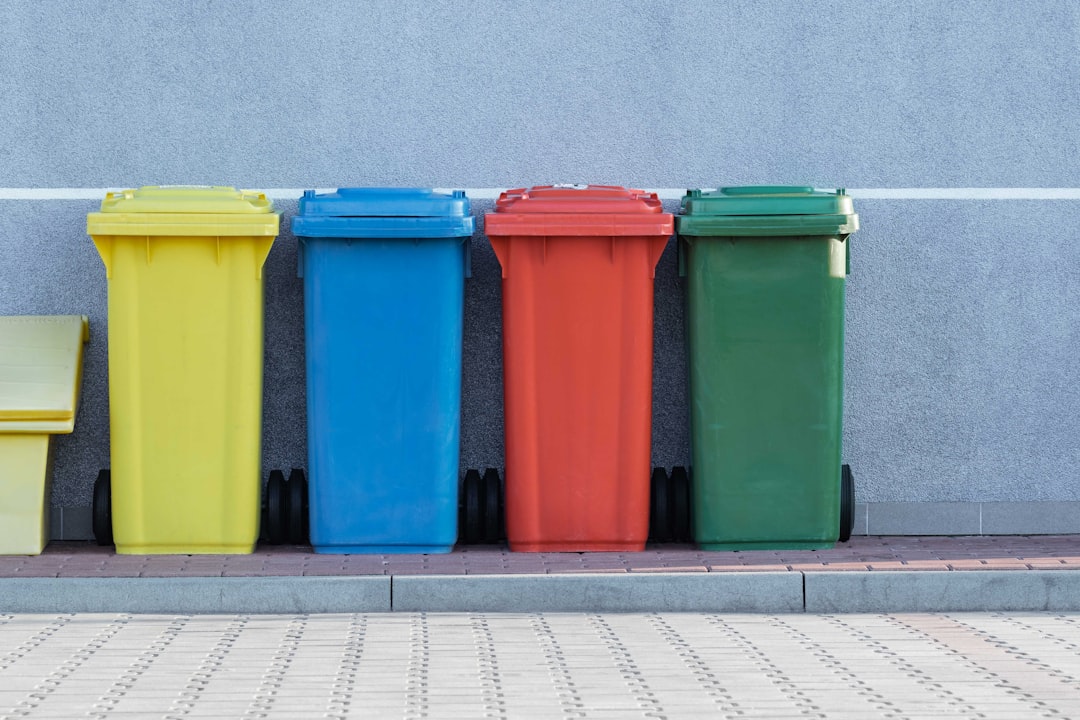
Here’s something that’ll blow your mind: recycling plastic doesn’t just fail to help the environment—it actively makes things worse. Recycling increases the toxicity of plastic; there are hundreds of additional toxic chemicals, including pesticides and pharmaceuticals, in recycled plastic. Every time plastic gets recycled, more chemicals get added to maintain its properties, creating a more toxic product than the original. Even when using state-of-the-art water filters, recycling facilities release vast amounts of microplastics into waterways. So that recycled water bottle you bought thinking you were saving the planet? It’s actually contaminating our water supply and potentially your health with every sip.
The Economic Disaster Nobody Talks About
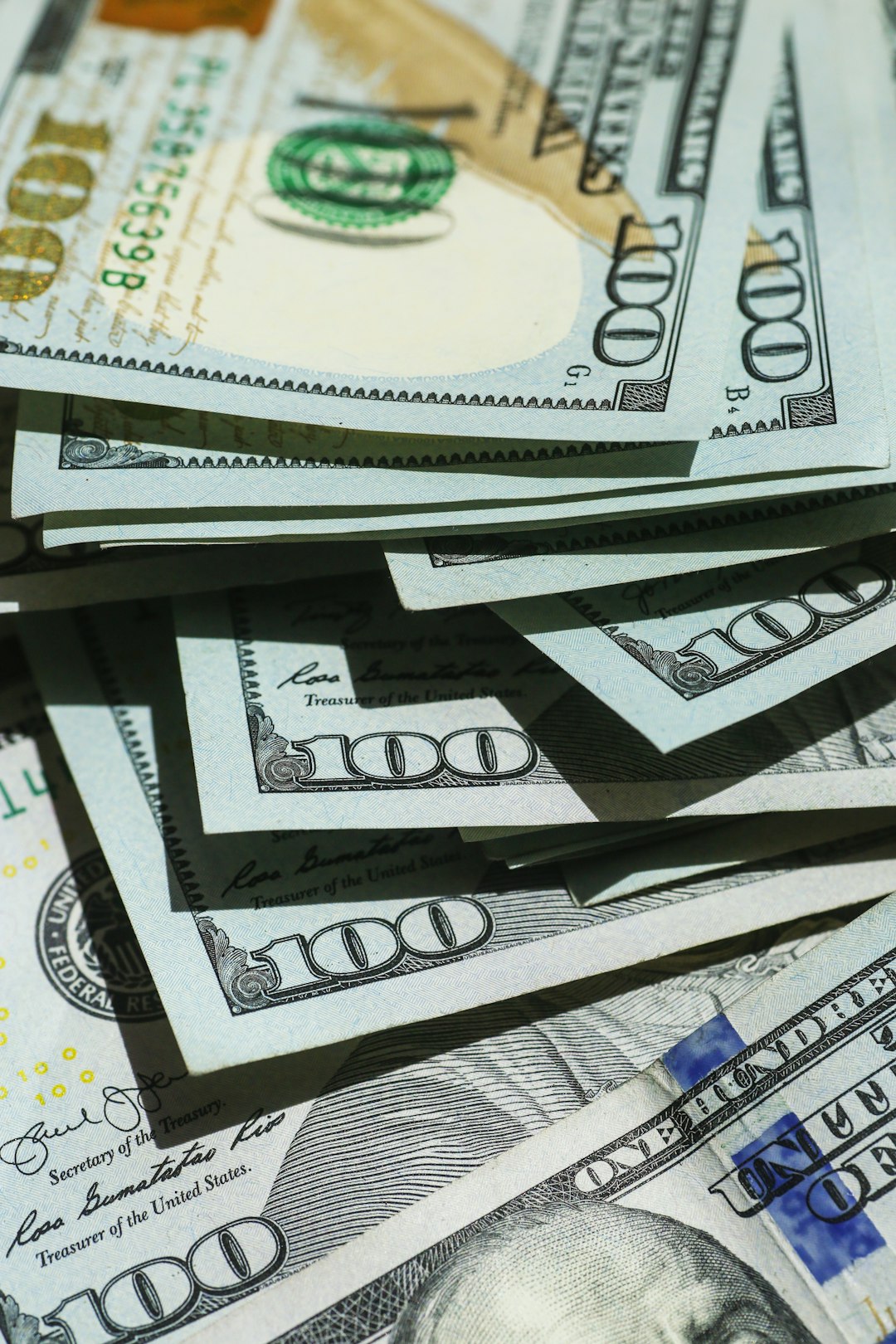
Remember when recycling was supposed to be profitable? Those days are long gone. In 2017, Stamford, CT made $95,000 by selling recyclables; in 2018, it had to pay $700,000 to have them removed. That’s a swing of nearly $800,000 in just one year! Because of the glut of natural gas and the resulting boom in U.S. petrochemical production, virgin plastic is now cheaper than recycled plastic. When it’s literally cheaper to make new plastic than to recycle old plastic, the entire system falls apart. Cities across America are hemorrhaging money trying to maintain recycling programs that don’t work, and guess who’s paying for it? You are, through your tax dollars.
China’s Wake-Up Call That Changed Everything
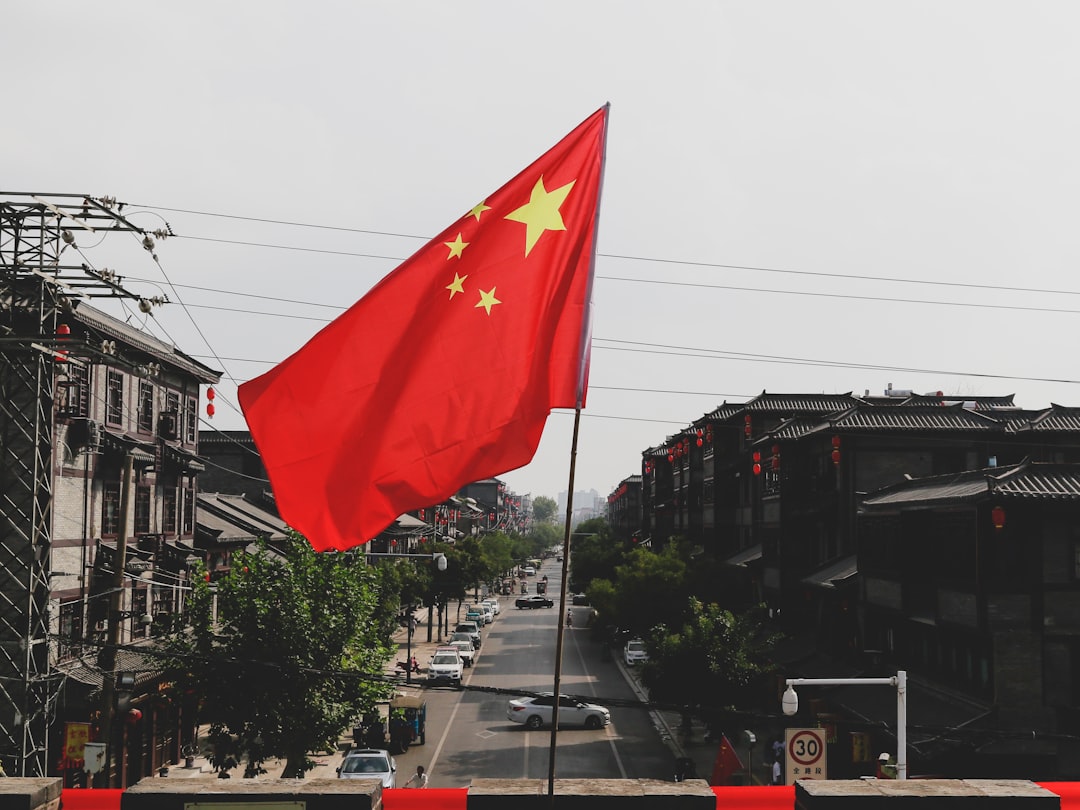
Until 2018, we had a dirty little secret: we were shipping most of our “recycled” materials to China, where they were often just burned or dumped. China’s National Sword Policy, implemented in 2018, banned the importation of plastic and other recyclable materials, which resulted in over 100 million tonnes of plastic waste from other countries being displaced. Suddenly, we couldn’t export our recycling problem anymore, and the whole house of cards collapsed. Without the Chinese market for plastic — as well as for some types of cardboard, paper, and glass — the U.S. recycling industry was upended. This should have been our moment of truth, but instead of addressing the real problem, we just kept pretending recycling works.
The Contamination Problem Nobody Wants to Discuss
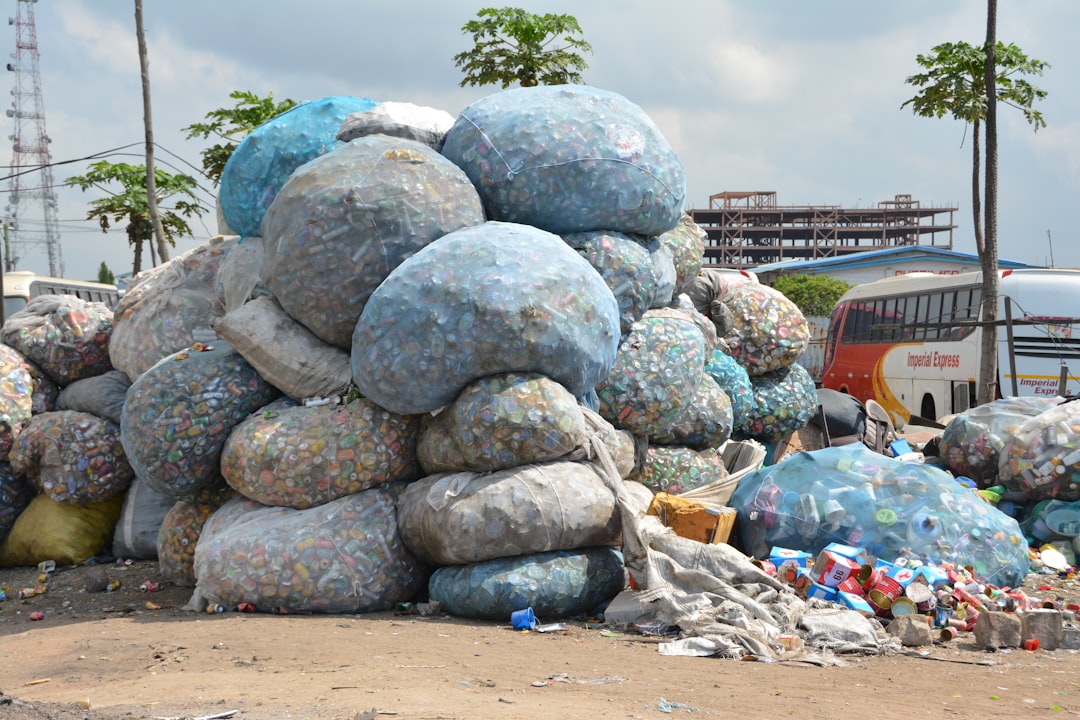
Even when recycling facilities can process materials, contamination ruins everything. ‘Wish-cycling’ occurs when well-intentioned people place items into recycling that actually aren’t recyclable, and 59% of Americans believe ‘most types of items’ can be recycled and mixed recycling is easily sorted — even though this isn’t the case. Only 29 percent of PET bottles are collected for recycling, and of this, only 21 percent of the bottles are actually made into recycled materials due to contamination. That pizza box with grease stains? It contaminates an entire batch of paper recycling. One wrong item can ruin thousands of pounds of otherwise recyclable material, and it happens constantly.
E-Waste: The Fastest Growing Problem We Can’t Handle
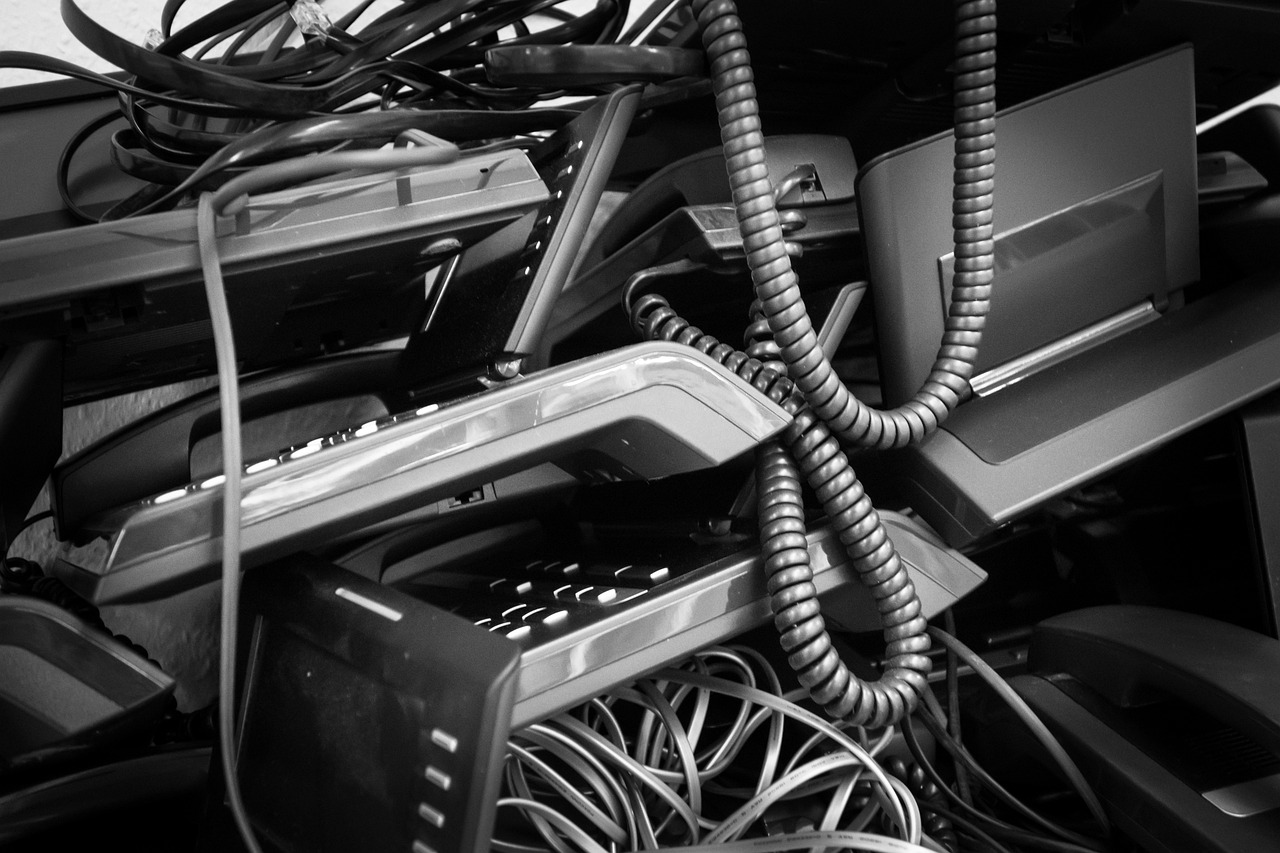
The world’s generation of electronic waste is rising five times faster than documented e-waste recycling, and the numbers are staggering. A record 62 million tonnes (Mt) of e-waste was produced in 2022, Up 82% from 2010; On track to rise another 32%, to 82 million tonnes, in 2030. But here’s the kicker: Less than a quarter of e-waste waste is recycled, according to the World Health Organisation. 85% of e-waste is sent to landfills or incinerated, releasing harmful toxins into the atmosphere. Your old iPhone isn’t being turned into a new device—it’s probably sitting in a landfill leaching toxic chemicals into the groundwater.
The Health Hazards Hiding in Your Recycled Products
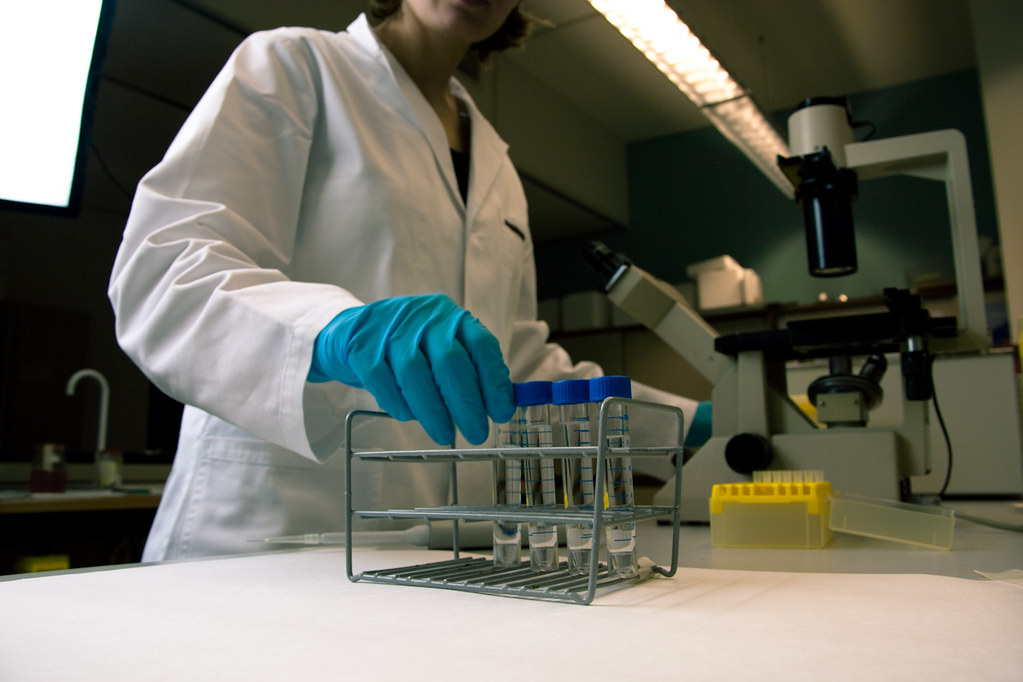
If you think recycled products are safer than new ones, think again. Studies are finding elevated concentrations of toxic chemicals in recycled plastic children’s toys, water bottles, and food containers. This includes PFAS, phthalates, flame retardants, bisphenol A, and UV stabilizers. Drink bottles made of recycled plastic are even more contaminated than drink bottles made of virgin (new) plastic, and these chemicals easily leach into the beverages they contain. So when you buy that recycled plastic water bottle thinking you’re making a healthy choice for your family, you’re actually exposing them to more toxins than if you’d bought the regular version.
Sorting is Impossible, and Getting Worse
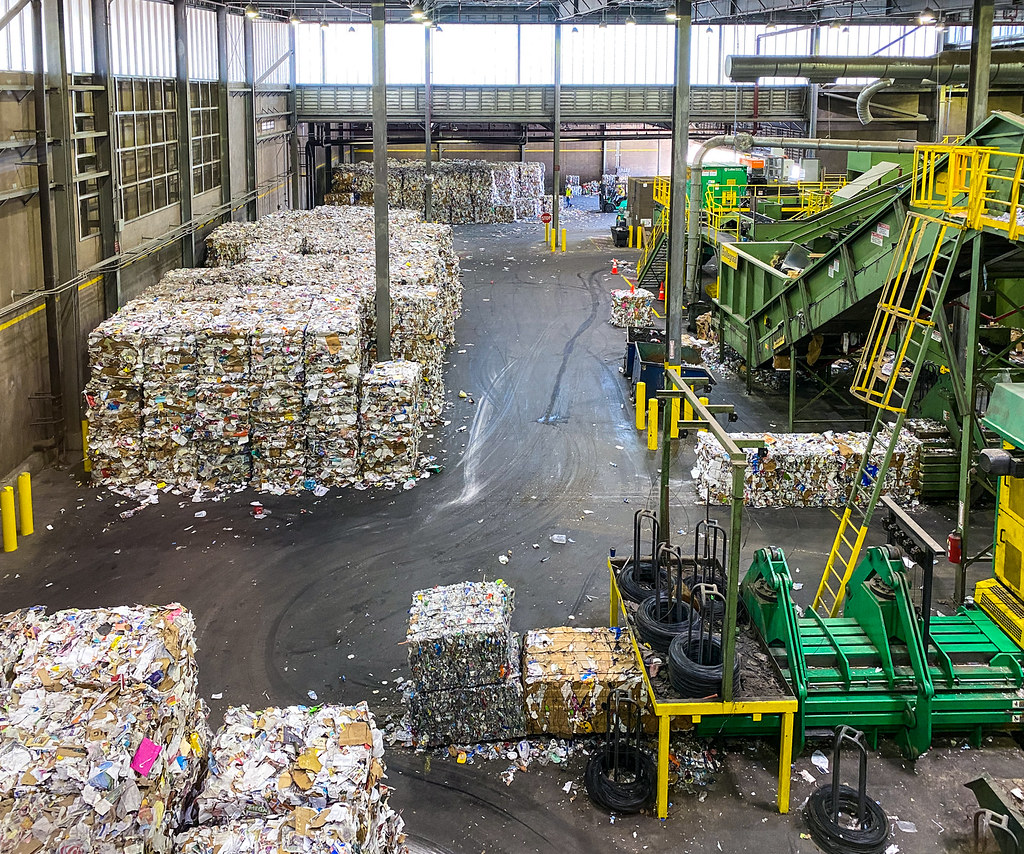
There are now thousands of different types of plastic, and none of them can be melted down together. It’s like trying to make a smoothie with ingredients that don’t mix—you just end up with a disgusting mess. A notable challenge to sorting lies in the complex composition of most plastic waste generated today, compounded by contamination with labels, coatings, and food remains. Modern products are designed for convenience, not recyclability, with multiple materials fused together in ways that make separation nearly impossible. This makes extraction difficult and expensive, particularly when the process requires specialized facilities or technology not widely available. The recycling industry is fighting a losing battle against product design.
The Environmental Justice Issue Nobody Mentions
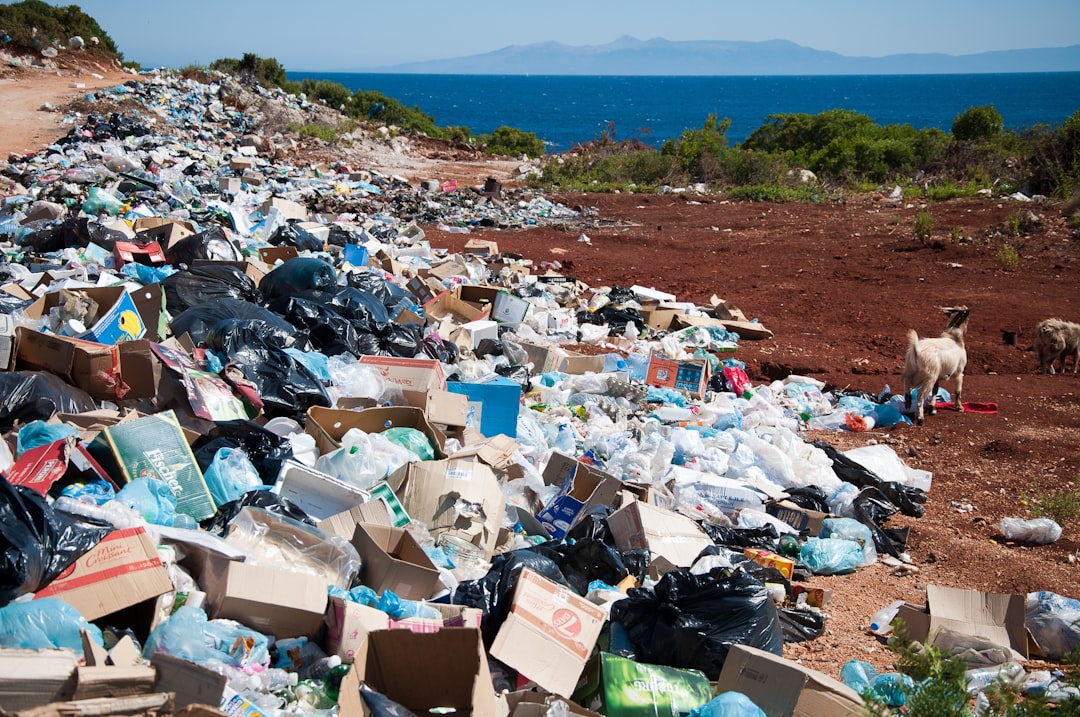
Here’s something that should make you angry: Many plastics recycling facilities are located in historically marginalized communities, subjecting people to air pollution, water contamination, and a high risk of fires and explosions. While affluent communities get to feel good about their recycling efforts, poor communities and communities of color bear the actual environmental burden. In the United States, many of these polluting facilities—whether they make plastic or burn it—are built in low-income communities and communities of color, which often have the fewest resources to block them. Your recycling bin isn’t saving the planet—it’s just shifting the pollution to people who can’t fight back.
What You Can Do Instead of Recycling
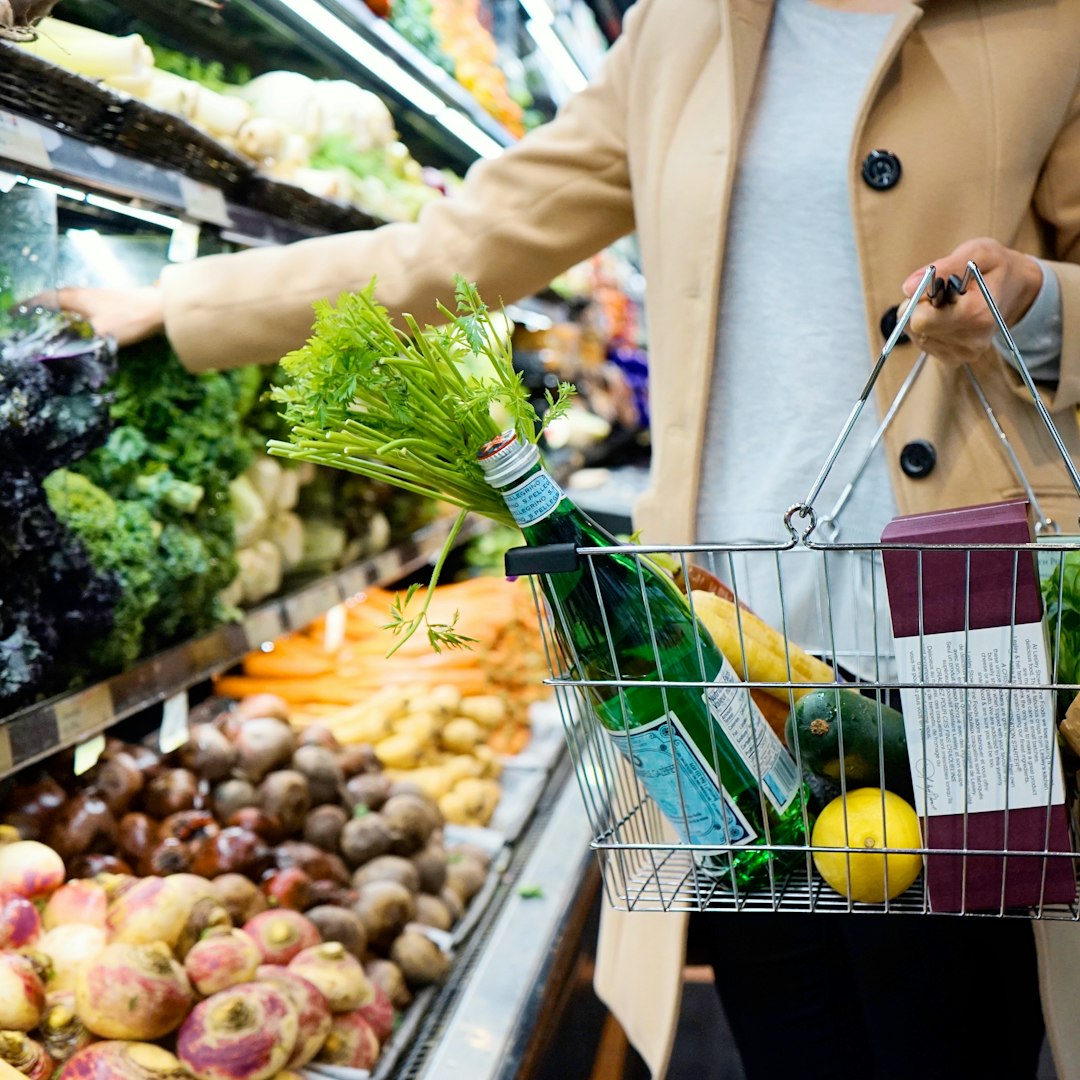
So if recycling is broken, what’s the alternative? The answer is surprisingly simple: reduce and refuse. Recycling is the final piece of the three Rs system—Reduce, Reuse, Recycle. This means that, while recycling is highly important in the way we manage waste today, we should be looking towards the reduction and reuse of materials as the priority. Start saying no to single-use items, buy products with minimal packaging, and choose reusable alternatives whenever possible. Due to fast fashion, clothing is only worn between 7 to 10 times, this has declined by 36% in the last 15 years. Buy less, buy better, and use things longer. It’s not as convenient as tossing something in a recycling bin and forgetting about it, but it’s the only approach that actually works.
The Future is Reduction, Not Recycling
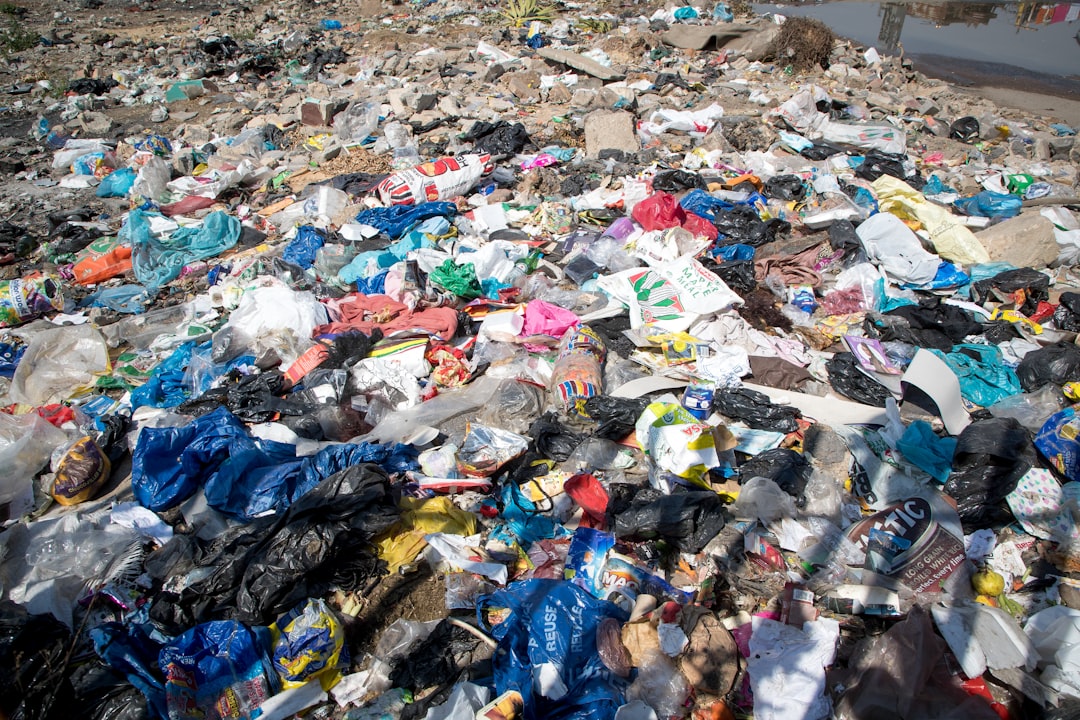
The recycling industry itself admits the system is failing. The report foresees a drop in the documented collection and recycling rate from 22.3% in 2022 to 20% by 2030 due to the widening difference in recycling efforts relative to the staggering growth of e-waste generation worldwide. Meanwhile, the industry plans to triple plastic production by 2050. We’re literally going in the opposite direction of solving the problem. There is a significant shift in waste disposal: incineration is emerging as a prominent waste disposal method (34%), landfill is decreasing substantially (40%), while the global recycling rate remained stagnant (9%). The writing is on the wall—recycling isn’t the solution, and it never was. The only way forward is to dramatically reduce what we consume and throw away in the first place.
How did we get so convinced that a system with a 5% success rate was saving the planet? Maybe it’s time to stop pretending and start making real changes instead.
